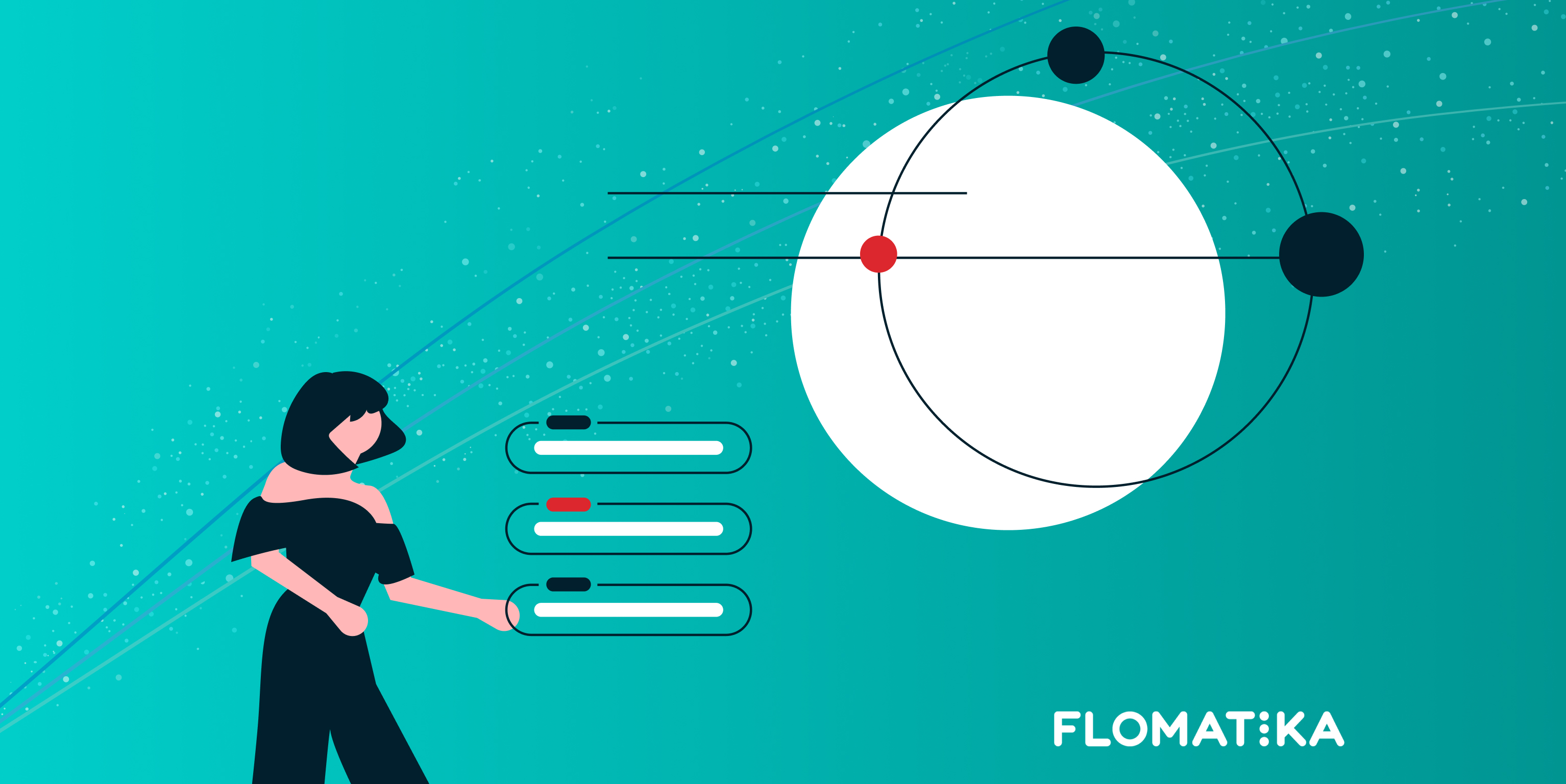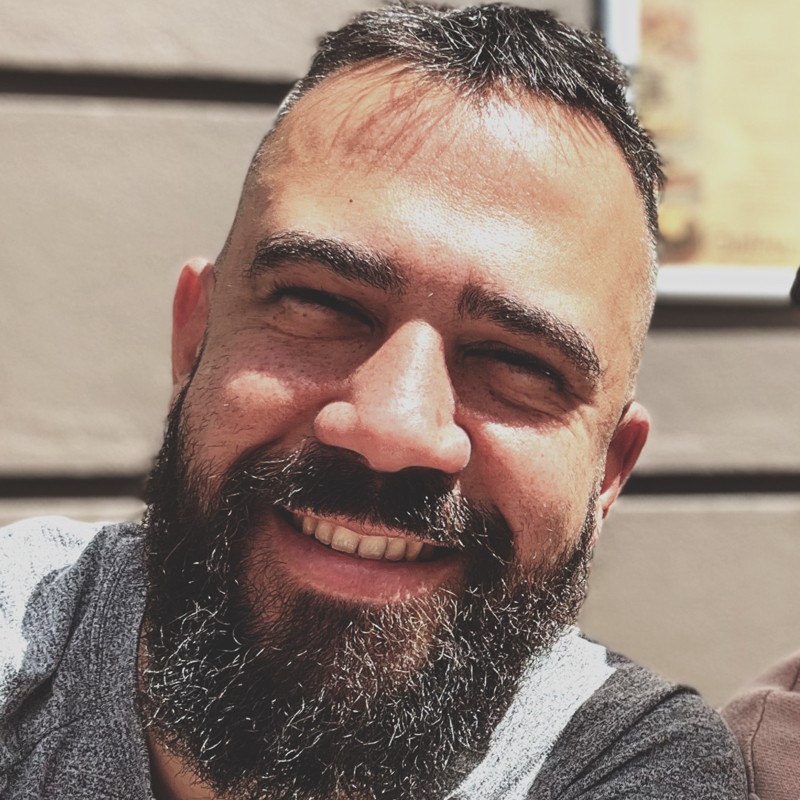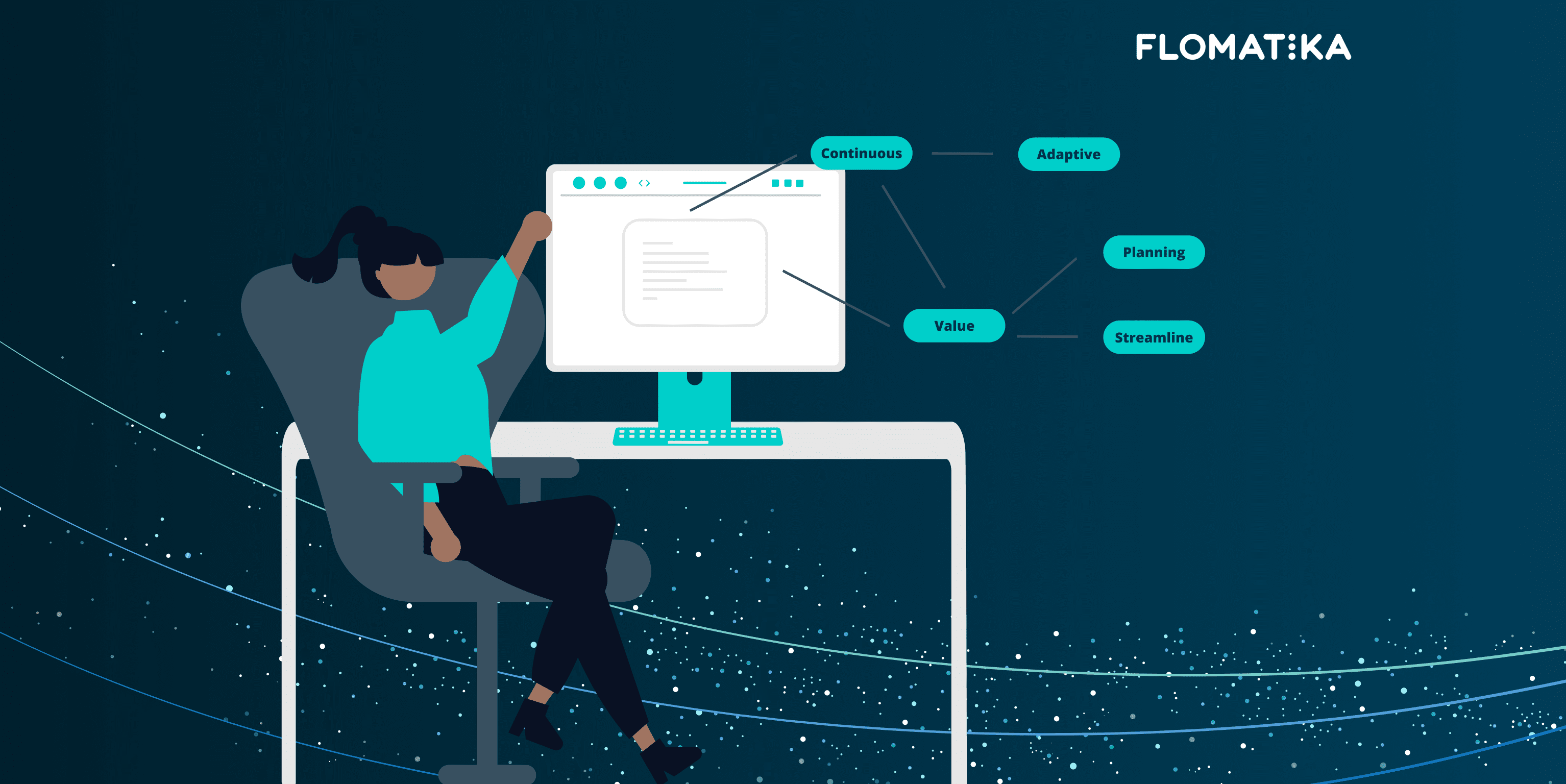Governance & Portfolio Management After your Agile Transformation

Are you ready to optimise your delivery ecosystem today?
book demoWritten by David McKenzie, Principal Consultant at Elabor8. Co-Creator of the Remote Agility Framework (remote:af).
Congratulations, with the rollout of agile ways of working, your delivery teams are now more empowered than ever before, and delivering value at a faster rate. Delivery teams love the autonomy to decide how they are going to develop new solutions and deploy them to the customer. Product owners are making decisions rapidly about what is and isn't valuable, and team leads have daily visibility on how things are progressing.
The Traditional Project and Portfolio Paradigm
As the Portfolio Manager within the PMO, you might have discovered something different. The traditional PPM model is used to having full visibility, centralised control, and gates at each delivery stage to see where a project is at. But with agile ways of working, these stage gates have effectively been abolished.
So if agile ways of working have removed our traditional stage-gate checkpoints, how can we:
- Be sure that the program or project is going to deliver as required?
- Know that what we’re doing still aligns with the top-level objectives?
- Empower Project managers and Development teams with the autonomy and clarity they need without having to step in and micromanage?
How am I feeling?
With the introduction of Agile ways of working, the question has become, have Portfolio Managers lost transparency and visibility of how projects are tracking?
For a Portfolio Manager, it is vital to understand how all the projects in the portfolio are tracking to delivery timeframes. We know that empowering and delegating decision-making to agile teams helps drive faster delivery, a positive result.
The trade-off is that this has made it more difficult to track how things are progressing, and audit if a project should continue or not. As a consequence, we’ve lost direct sight of what is being decided. This can put them into a very difficult spot. It’s very hard to sit in a meeting with Senior Leaders and have to say, “I don't know how things are going.'' This is definitely not a recipe for success! Without the right reporting and governance tool though, it can often feel like that is the case.
There is a need then to define a governance and reporting structure that helps ensure that the transparency and visibility of progress are in place to imbue a sense of confidence in forecasting when things will be completed. Whilst in parallel maintaining the de-centralised decision making that empowers teams to deliver faster than ever before.
What can Portfolio and Project Managers do?
So if we need to adapt to a new agile framework, where do we start?
The good news is that we can use agile delivery processes to provide a solution. The Agile tools, processes and ceremonies these teams use are designed to natively provide visibility, transparency, and are actually designed specifically to allow for change which makes them natively set up for governance. In fact, they give you an even better end-to-end and closer to a real-time view of your value delivery at a lower overhead and cost.
Agile Ceremonies
Agile ceremonies ensure that the highest priority work is actioned first within the available capacity of the team.
- Sprint planning sessions enable Product Owners to be accountable for the priority of work. These also allow the team to determine what work will be actioned in the next iteration, providing guidance on when work items will be delivered.
- At Daily standup, the team discusses what work is in progress, if there are any challenges to the planned work which provides transparency of progress and issues. Daily standups also enable auditing that priority work is being actioned on a daily basis. Agile Boards provide visibility at any time of progress and what is in flight.
Agile Tools
On the Tooling side, your teams are likely already tracking their work using an Agile Tool such as Atlassian’s Jira or Microsoft Azure DevOps. These tools provide an improvement on traditional approaches because work is now tracked at a much more granular level than it was previously and more likely in relatively real time.
A new breed of delivery performance analytics tools such as Flomatika are now available which sit above these systems to give you even greater visibility to leverage within your ceremonies and continuous improvement efforts.
Here are a few examples of the metrics these tools can provide to support your delivery.
Completed Work- A simple view of completed work, across any time period with comparisons to previous periods.

Throughput - Identify how much work is flowing through your system over time, and see whether delivery within and across your portfolio is performing predictably, speeding up or slowing down.

Flow Efficiency - This tells you how efficiently the work is flowing through your delivery system, or getting held up by things such as approvals, resourcing, access to systems which are causing long handovers.

Providing visibility of the Portfolio
From a portfolio perspective, we can adopt the same concepts and adapt the agile team ceremonies to achieve the same value.
Agile teams use agile boards which can be both physical and digital. In the Scaled Agile Framework (SAFe) the high-level collective work of all the teams is captured on a Program Increment board. To provide visibility of the Portfolio we can build a portfolio board that captures:
- The potential projects in the Portfolio pipeline
- The current 3/6/12 month plan on which projects will be delivered
- Which projects are currently being flight for development by agile teams
- Which projects are released
With an agile board, we can also capture additional information such as the rules we use to determine the project priority and what criteria are used to select projects to pass to the teams. Boards also help identify and highlight any bottlenecks or delays in delivery.
This also provides an opportunity for Portfolio managers to audit what work is in flight to ensure that strategic alignment is maintained.
These boards, either on physical walls, or created in virtual canvas tools like Mural or Miro often require double-entry though to replicate and then keep in sync the data that is usually managed in another tool such as Jira or Azure DevOps.
Delivery Performance Analytics tools can help you bring together the data from your systems of record, and the data that help you manage your program and portfolio and allow you to manage these things in one place.
You can use Digital Obeya rooms to link project portfolio items from your Jira or DevOps systems to high-level organisation or portfolio objectives.

You can track their progress, as well as use sophisticated forecasting algorithms to help you to plan and identify potential delays to your delivery schedule.

Providing Transparency on progress and issues
As mentioned earlier, agile teams use daily stand-ups. Scaled Agile is a concept of Scrum of Scrums, where each team lead is present to provide details on how work is progressing and any constraints. A Portfolio “standup” using the Portfolio board can be used as a mechanism for project managers to discuss project progress, blockers being managed and the likelihood to achieve timeframes.
Again, an Analytic tool can help you track these dependencies, risks and issues against your portfolio of work.

Wrap-up
Moving to agile ways of working has impacted how portfolio managers track project progress because it has removed the traditional stage gates that were used to provide visibility and auditing.
The good news is that many of the agile ways of working that delivery teams use can be uplifted to the Portfolio level to help achieve the same outcome but in a data-driven way.
Using a Portfolio board with the right tools and agile portfolio ceremonies, you can achieve visibility, transparency and alignment to strategic goals, whilst also providing project managers and agile teams with the autonomy to deliver work faster.
When you plug in your existing systems to a delivery performance analytics tool such as Flomatika, you can easily connect the work your teams are doing across your portfolio in real time. Flomatika supports team level data trends and a consolidated portfolio view for delivery, metrics, dependencies, risks, and issues.
The customisable dashboards within Flomatika provide transparency without the need for manual data intervention, providing clarity of the performance of your portfolio, overcoming the lost visibility with the move to agile ways of working and giving you the real time data you need to lead your portfolio whilst simultaneously giving control to your teams to do what they do best, deliver.











%20(1).jpg)
.jpg)
